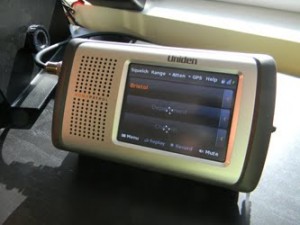So you have had your trusty old BCD396XT or other Phase 1 scanner for years and it works great. You hear that your system has upgraded to a Phase 2 system but your old Phase 1 scanner still works? What gives?
Here is the skinny on that: Most “Phase 2” systems are actually operating in Phase 1 mode, at least partially. When a system upgrades to Phase 2 not only does the infrastructure have to be upgraded (base station repeaters, controllers etc.) but also all of the mobile and portable radios. Until ALL radios have been upgraded and reprogrammed the system will usually be operating in Phase 1 mode.
Many systems listed in the RadioReference database as “Phase 2” have been heard with Phase 2 operations but still operate as Phase 1, so in reality it is better termed as “Phase 2 Capable”.
Some wide area systems may operate in Phase 2 modes in one area and Phase 1 elsewhere. The huge StarCom21 system in Illinois is a good example of this. In the Chicago area some users use Phase 2 but others are on Phase 1 since the new radios are expensive. Until all those older radios are replaced or reprogrammed the system will operate in a mixed Phase 1 or 2 mode.
This makes your older Phase 1 only scanner usable for at least parts of the system and saves you from having to replace it right away. When they do switch entirely over to Phase 2 then you will need to replace your scanner.
Another question we often get here at the ScannerMaster International Headquarters is how one updates his older Phase 1 scanner to Phase 2. The answer to that is that you don’t. There is no update path for older scanners to Phase 2; you will have to replace it.
Most newer model digital scanners from Whistler and Uniden handle Phase 2, see them at https://www.scannermaster.com/Digital_P25_Phase_II_Scanners_s/708.htm



